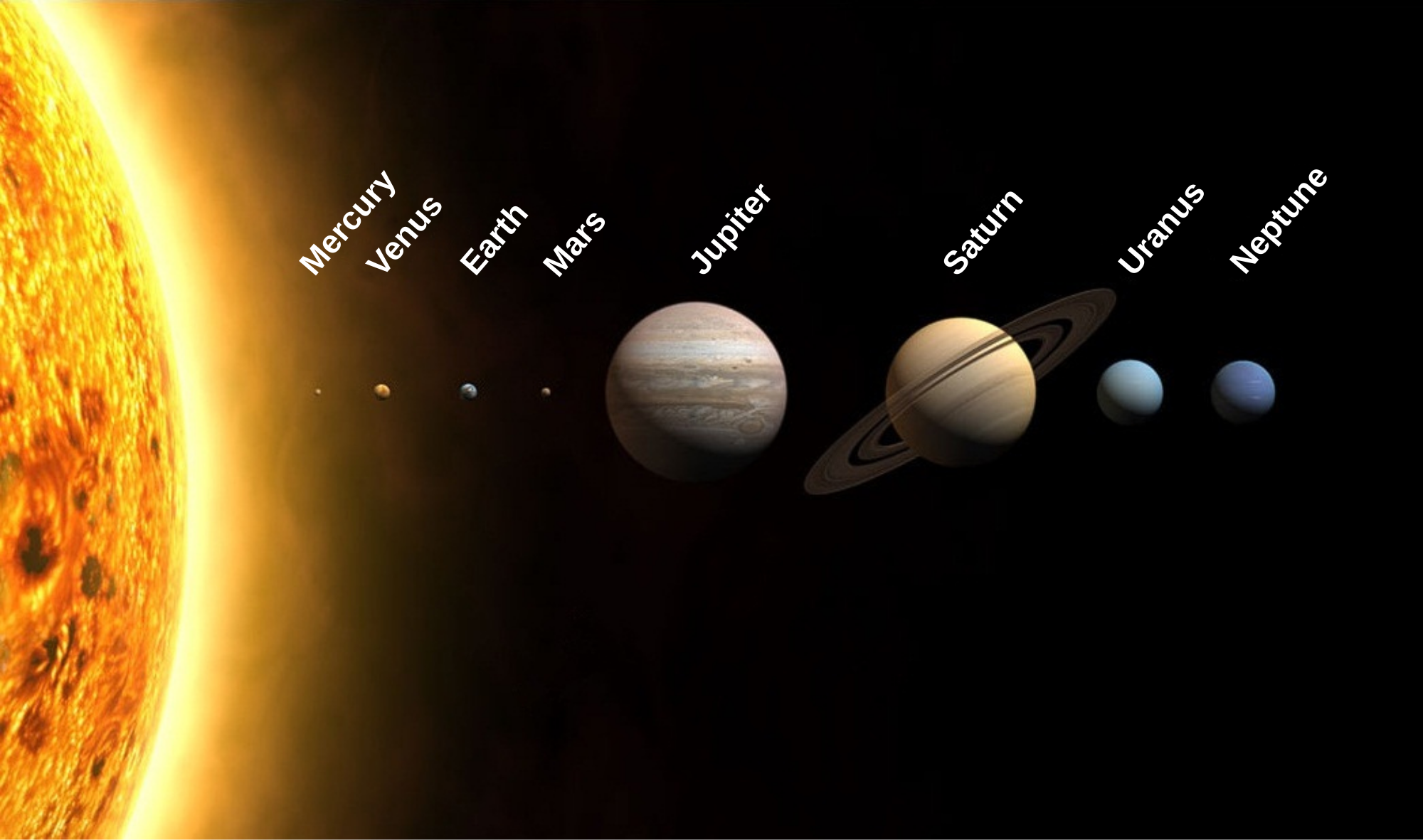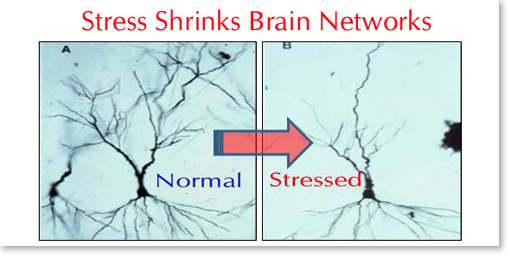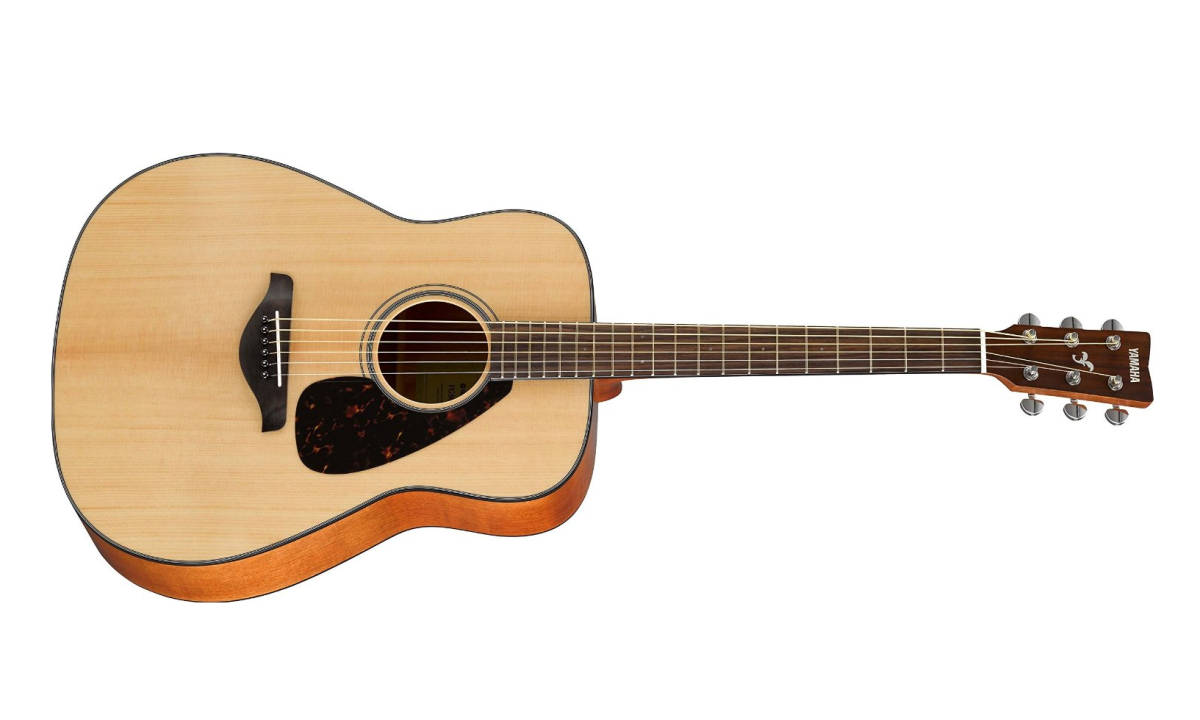Summary
For the musical waves project, I worked with my group members to create the string a box. The string a box is a box cut a slant with rubber bands stretched around it. To play it, you simply have to pluck the strings. When the strings are plucked, they vibrate a create note which is amplified through the box. Due to the slant of the box, the strings are tightened at different amounts. This is what allows the box to be able to play full scale of notes. When the bands are pulled tighter, they will have a higher pitch. When strings are looser, they will have a looser pitch. Through Audacity, we also found that notes with a higher pitch have higher wave frequencies while notes with with a louder volume result in sound waves with higher amplitudes.
Backwards Looking - What process did you go through to produce this piece?
The first step to building the string a nox was finding a corrugated cardboard box. Originally, we simply cut the top of the cardboard box at a slant and tried to stretch the rubber bands around the box. However, the box was too large making it impossible for the rubber bands to go on without snapping from tension. In order to solve this issue we cut the box up in a way that made it skinnier and smaller. Doing so also created legs to hold the instrument up. Once we did that we stretched 8 rubber bands around the box and adjusted their positions so they played a C major scale using an instrument tuner.
Inwards Looking - What did you find especially satisfying about either the process or finished product?
One thing that I found especally satisfying about the product was that it was able to play insteresting music. We created a video of a song we played which you can find in the slide presentation. In addition to that, I found that the rubber bands on the side could create a snapping percussion noise. I thought that was cool because it was unintended and surprising.
Outwards Looking - In what ways did your work meet the standards for this assignment? In what ways did it not meet those standards?
Our instrument met most of the standards for the assignment. It was able to play 8 different notes as well as was loud enough to clearly hear. In addition to that, in our presentation we clearly covered ow volume and pitch changes the appearance of waves, how we built our instrument, how it works, and what problems we encountered. However, we never finished the music sheets for our instrument.
Forwards Looking - What would you change if you had a chance to do this piece over again?
If I had a chance to do this project over again, I would start by finding and developing a working instrument earlier. My group had to change our whole instrument halfway through the project since we found our original idea wasn't working. If we tested it sooner, it would have saved us a lot of time as well as work. That way, we would have had more time to focus on other aspects of the project such as our music sheets and presentation.











